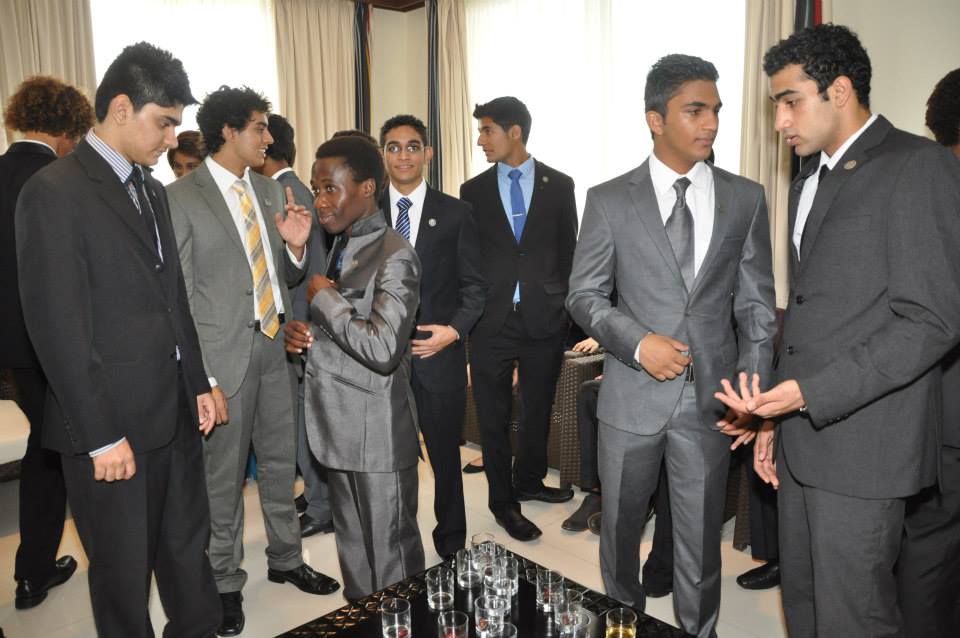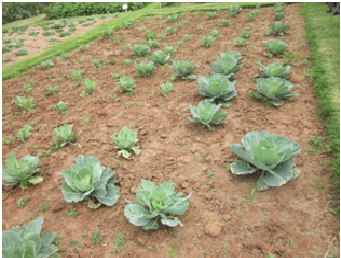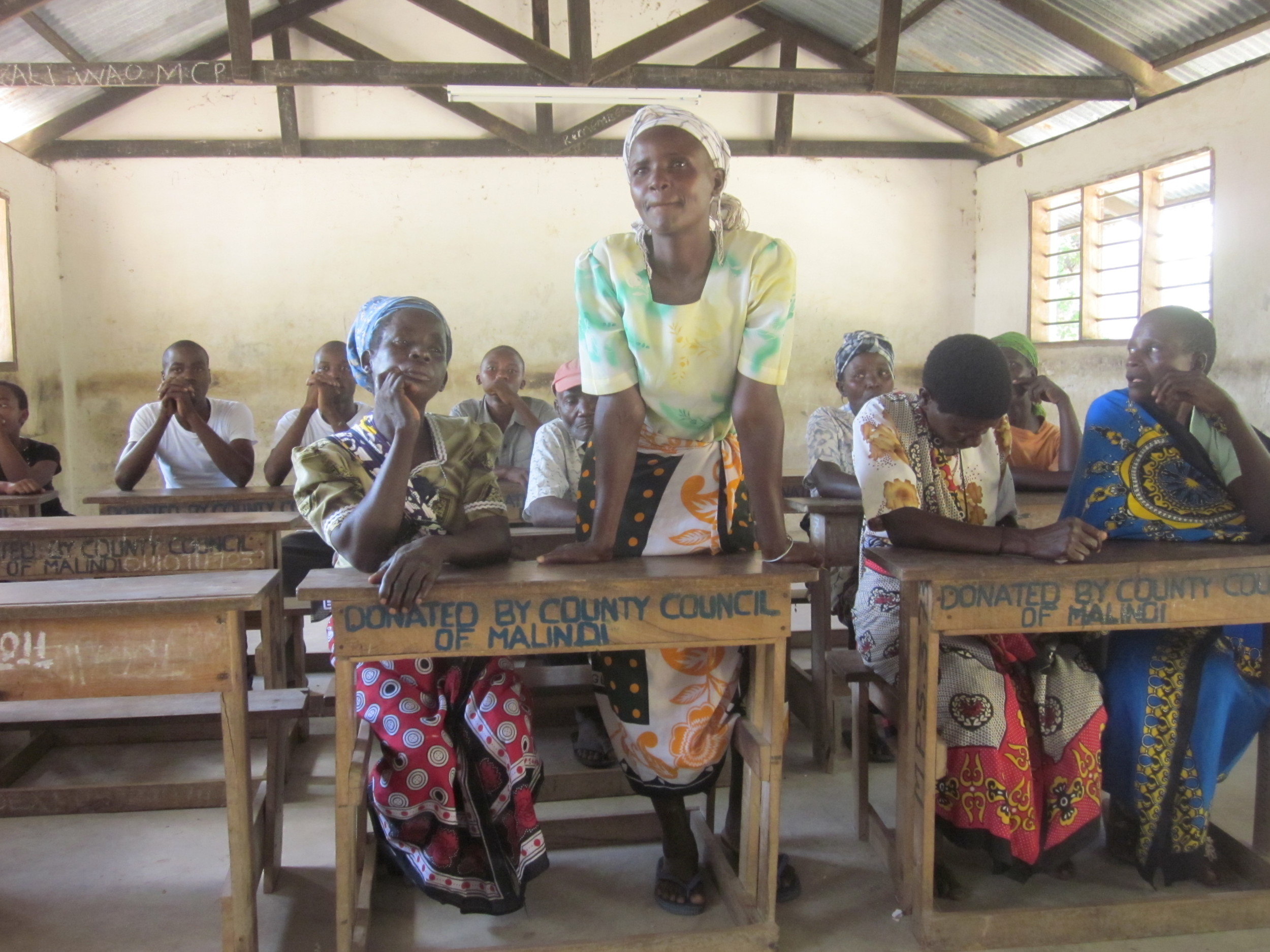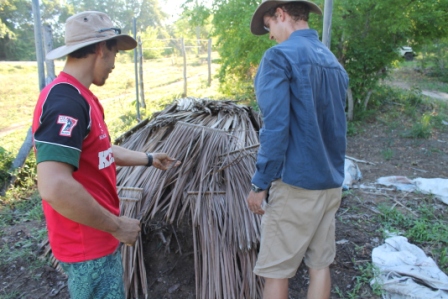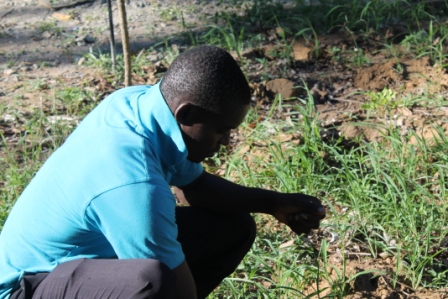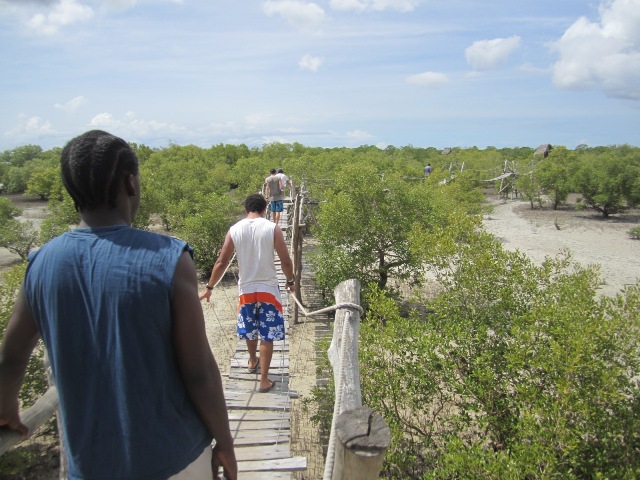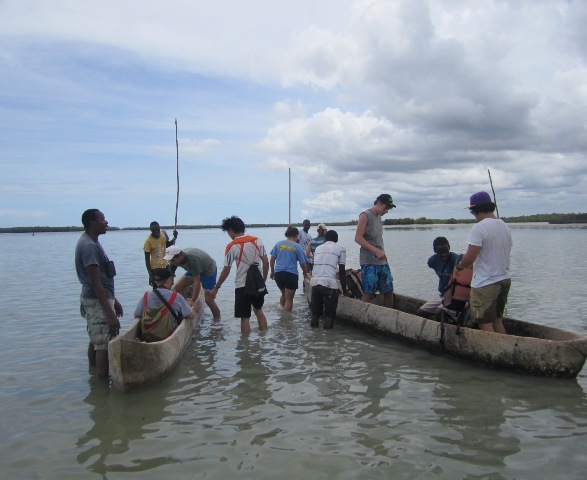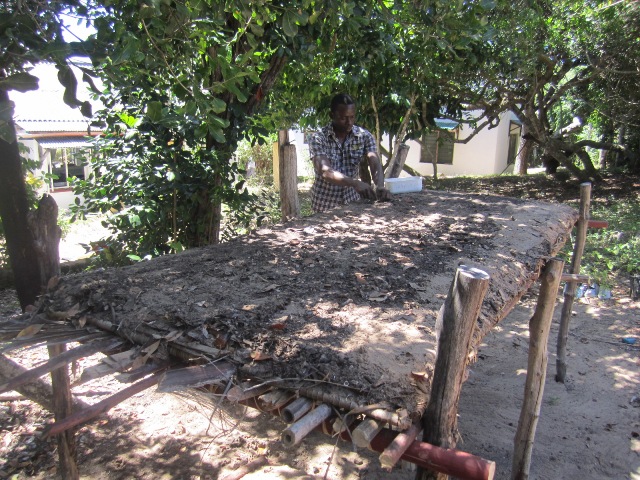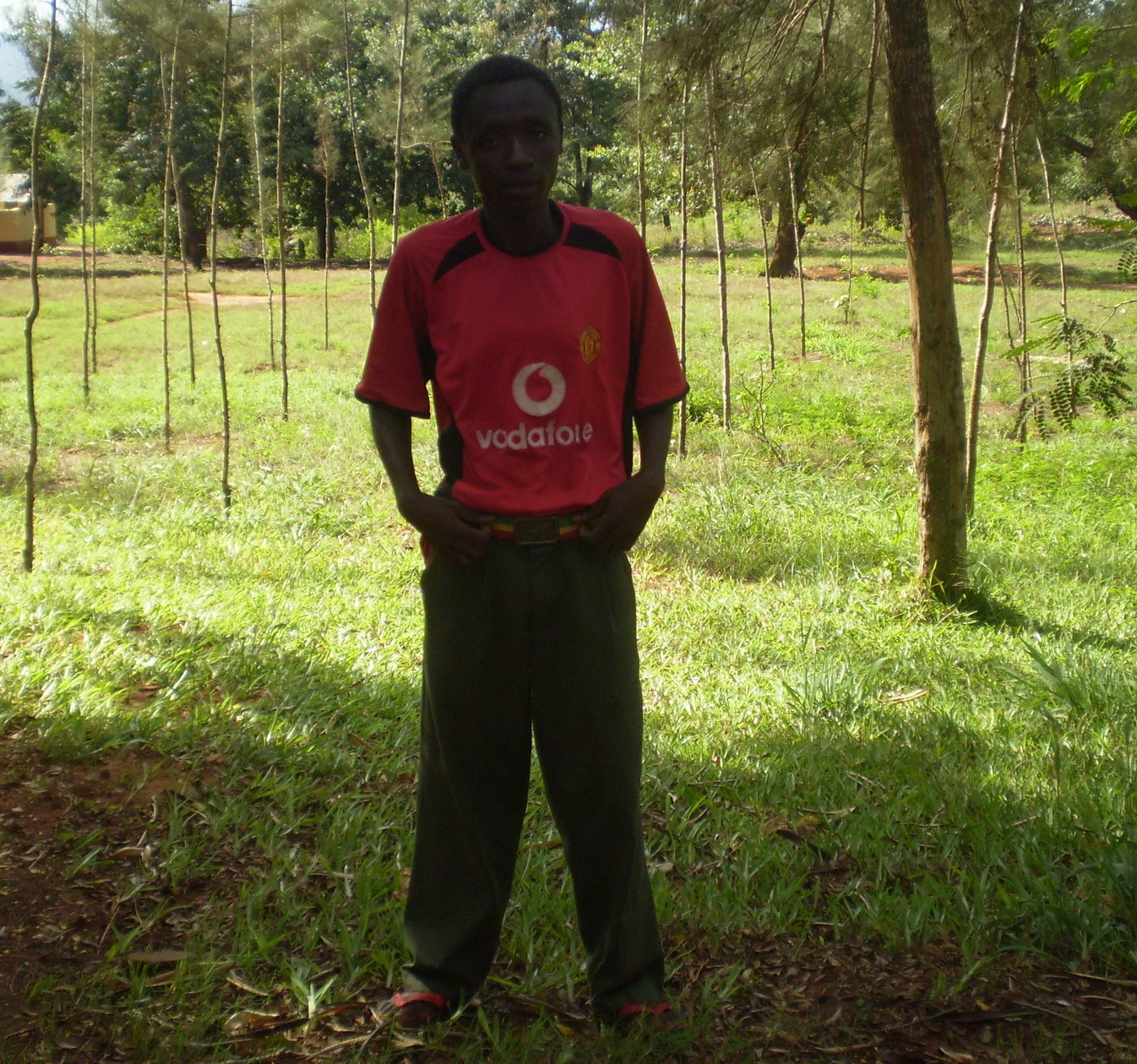After successfully completing his high school at Lenana, he was lucky to secure a scholarship to pursue an International Baccalaureate diploma at The Agha Khan Academy in Mombasa. He graduated from Agha Khan in August 2013 and two weeks later he was on board Kenya Airways to Canada. He had won a scholarship to study Investment Banking at the University of British Columbus (UBC) in Vancouver, Canada. Finally, a dream comes true!
This is just a single case among many of how hopeless African children have been rewarded with a chance to realize their full potential through education. Just by visiting our tree platform at Gede Ruins and the boardwalk at Mida creek you can help pay secondary school fees for a child and maybe be part of a mission to send another child from the neighborhoods of the Arabuko Sokoke forest to the Oxford or Harvard University who knows!!
Be part of this noble mission and give a child an opportunity to achieve their dreams by making a donation online see: http://www.arocha.org/int-en/you/donatespecific.html?d=KE-ASSETS. Make sure to choose "Kenya; ASSETS bursaries".
Johnston’s graduation day at Agha Khan.






